Everything to Know About Your Digital Meter
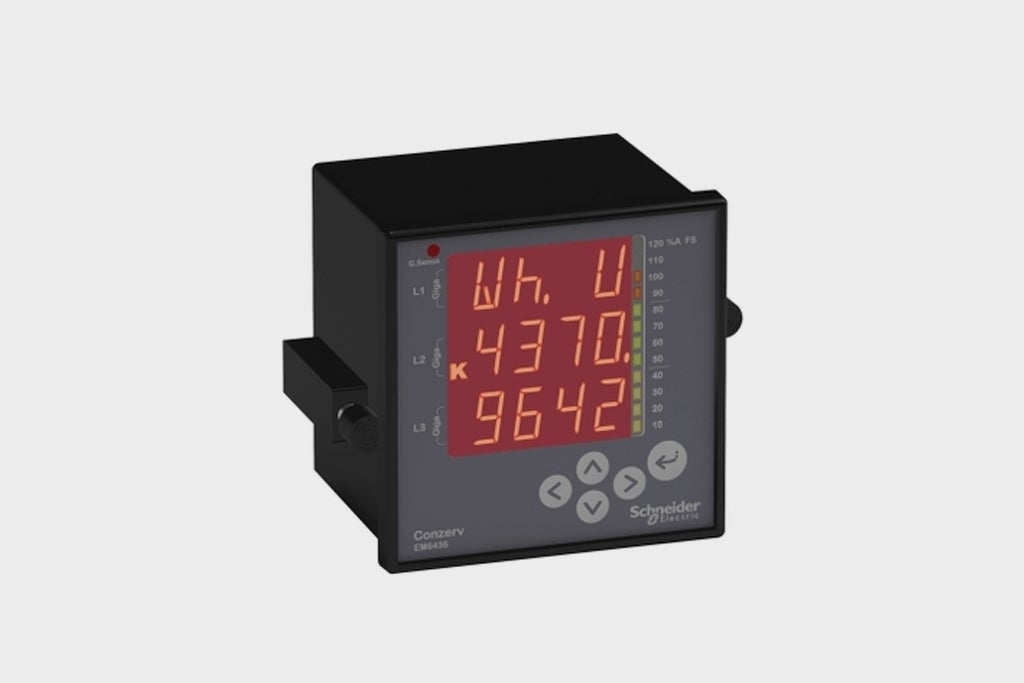
One of the best products among the latest developments in electronic technology is a device known as the digital meter. The reason why they are nicknamed "smart meters" or "advanced meters", is that these devices consist of a number of high-end features to make your lives easier and smoother.
Digital meters are mainly designed to automatically record the use of water and electricity and then send the measurements to the utility company from time to time electronically.
If you are wondering about the authenticity of this information recorded by a digital meter, it can be argued that the data gathered by a digital meter is accurate and secure.
Not only that, but a digital meter also keeps track of outages like blackouts, electricity failures, interruptions of service, breakdowns etc., and maps the peak usages as well.
This article aims to give you more details about the particulars of a digital meter and discuss how it works.
How does a digital electric meter work?
While using quantities other than voltage, digital meters are, in fact, just voltmeters which contain appropriate circuits for converting current or resistance measurements into voltage measurements.
Here is how digital electric meters work:
- Digits have replaced the design of the traditional dial of an analogue meter with a pointer on a digital meter. There are polarity symbols with a decimal point appearing automatically between the correct pair of digits.
- Along with the measurement units, the display shows the corresponding units, such as "V" or "mV".
- In moving-coil meters, the test circuit is connected to the coil by the input terminals and a resistor or shunt by the output terminals.
- Analogue meters are connected to operational amplifiers with field-effect transistor inputs via the input terminals of a digital meter.
- In the end, this results in virtually no current flowing through the test circuit from the digital meter.
What are the three types of digital meters?
The development of digital meters was driven by the desire to achieve higher measurement accuracy and a faster response time to voltage changes than is possible with analogue instruments. Digital meters are substantially better in every aspect compared to analogue meters. Nonetheless, analogue meters are still not fully out of the market owing to a handful of benefits they might provide one with.
Digital meters come in multiple kinds, and getting your hands on the perfect kind of meter is essential to get your job done, and your convenience met. Continue reading below to know the three different types of digital meters, their benefits, and the functions of each.
Digital energy meter
A digital energy meter is the simplest form of digital meter that is used in households as well as commercial and industrial buildings. It is used for measuring the energy consumption by an electrical load within a given duration of time. Also known as electric meters, it is installed by electrical utility companies on a premise and depending on the power usage displayed on the meter after a particular time interval, the occupants of the premises are charged by the company.
Multifunction digital meter
A very useful device, multifunction digital meters are great for electrical installations monitoring. As the name suggests, a multifunction digital meter measures a number of different electrical parameters such as voltage, current, apparent power, active power, reactive power, active energy, and so on. A digital multifunction meter is highly accurate and is hence used when exact measurements are required.
Dual source digital energy meter
Just like its name, the dual source energy meters negate the requirement for two digital energy meters and can measure for two sources. One example of where a dual source digital energy meter might come in handy is when a commercial building uses generators during power supply disruptions. A dual source digital energy meter can easily monitor and measure the powers from the main supply as well as from the generator and keep a count of both.
All three kinds of digital meters are available at Schneider Electric eShop.
How accurate is a Digital meter?
The two most essential parameters while working with any electronic device should be accuracy and precision, as the slightest errors in their readings may lead to massive problems.
Accuracy in digital meters is displayed in percentage and determines how close the measurement is to the standard signal. Depending on the application, an accurate digital multi-meter is crucial.
Voltages on AC power lines, for example, can vary by at least ±5%. Similarly, a digital multi-meter with a ±3% measurement accuracy is adequate if it is being used to check if a receptacle is energized only.
Conclusion
The number of options available to us today from where we can get electronic products is quite a lot. It can become difficult to choose the brand you can trust. But do not worry, because Schneider Electric is there to make it easy for you. Known for its reliability, quality, and affordability, Schneider Electric has an assorted collection of all kinds of electronics to suit all kinds of needs, be it for professionals or home use.

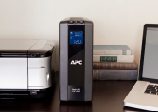
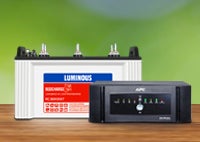



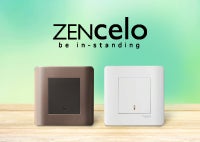
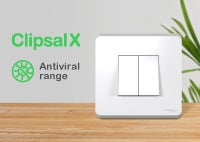
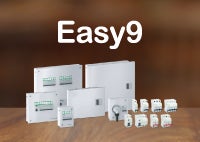
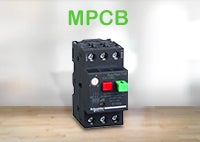
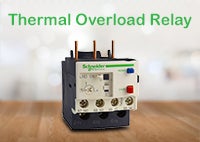
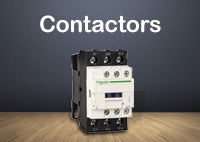
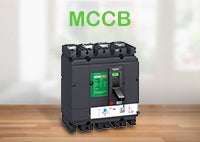
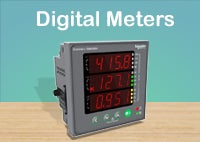
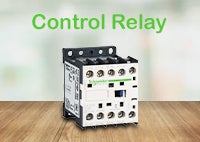
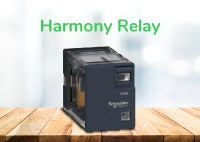

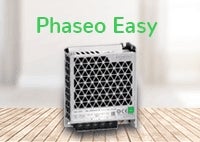
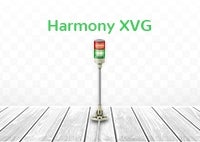
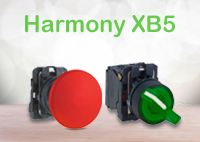
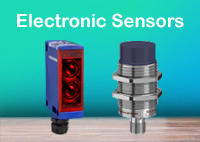
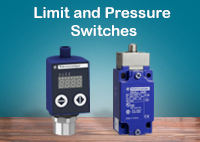
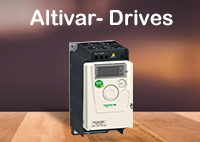
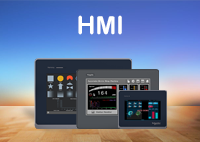
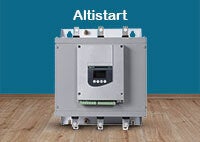


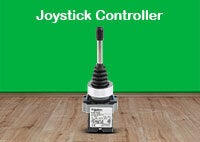
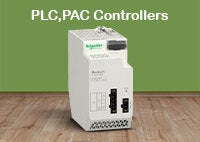
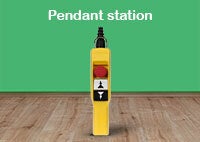




Comments